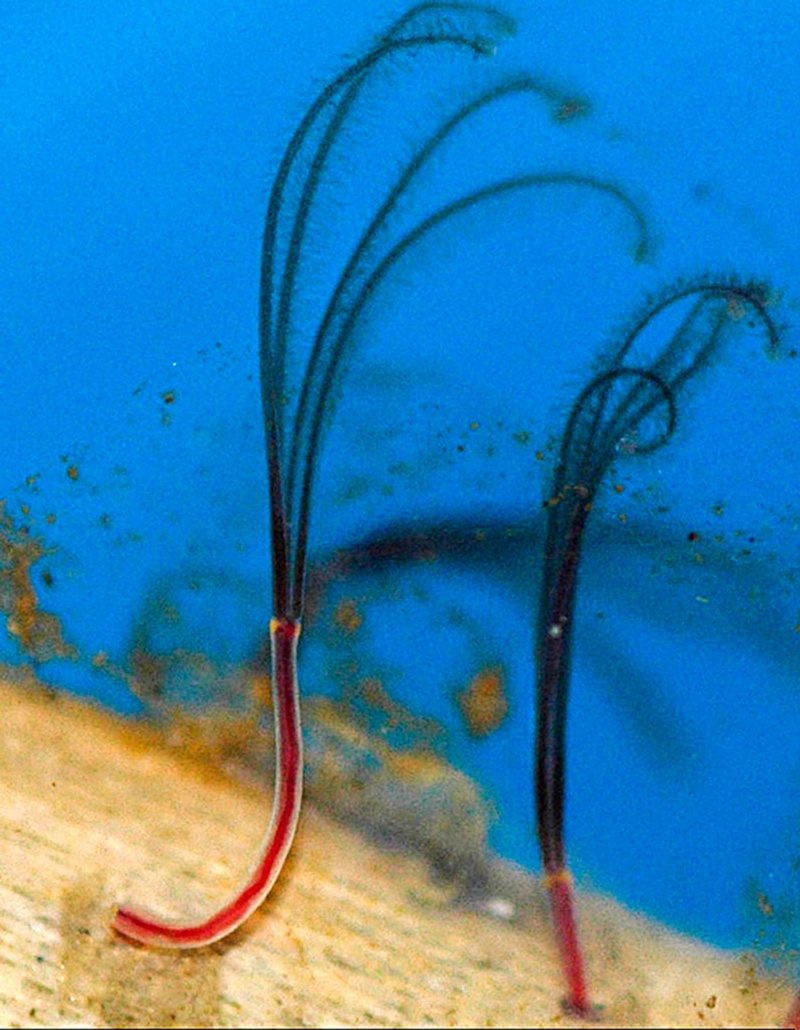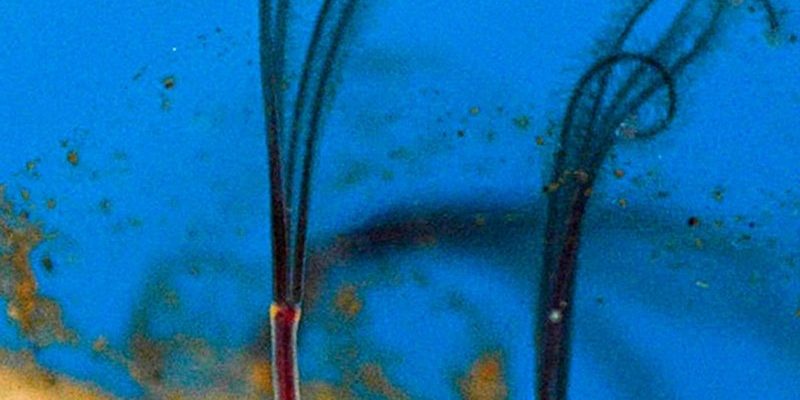
Imagine a scavenger hunt where the prize is not treasure, but the remains of long-gone sea creatures. Bone-eating worms seek out the bones of dead marine animals and help break them down into nutrients that can be reused by other organisms. Their role in the environment is like that of a compost pile in your backyard—transforming what seems like waste into life-giving material.
So, why should we care about these wriggly wonders? Honestly, the ecological importance of the bone-eating worm species goes beyond their quirky diet. They offer insight into deep-sea habitats, contribute to the nutrient cycle, and even help scientists understand our planet’s past.
Understanding Bone-Eating Worms
Bone-eating worms belong to the family *Osedax*, which literally means “bone-eater” in Latin. These fascinating creatures are found in oceans around the world and have evolved to thrive on a diet of decaying bones. But how do they actually do this? Let me explain.
The worms have a special adaptation: they possess a unique ability to break down the tough organic material found in bones. With the help of symbiotic bacteria that live inside their bodies, they can digest the lipids and proteins that many other organisms can’t. Picture it like this: it’s as if they have a built-in chef preparing a gourmet meal from what most would consider just a pile of old bones.
Interestingly, these worms can detect bones using a chemical signal that travels through the water. Once they find a bone, they use their root-like structures, called “holdfasts,” to anchor themselves and start breaking it down. It’s a pretty remarkable process that highlights their role in the ecosystem.
The Role in Nutrient Cycling
In any ecosystem, nutrients are essential for life. *Osedax* worms play a vital role in the nutrient cycle, transforming dead animals into resources for other organisms. When these worms break down bones, they release nutrients like nitrogen and phosphorus back into the ocean. This is incredibly important because it helps support the growth of other marine life, from tiny plankton to larger fish.
Think of it as a domino effect: when nutrients are released, they fuel the growth of phytoplankton, which forms the base of the marine food web. As tiny organisms thrive, they become food for larger fish, which in turn feed even bigger predators. If bone-eating worms didn’t do their job, there would be a significant disruption in this delicate balance.
Plus, scientists have discovered that these worms can help speed up the decomposition process of dead animals on the ocean floor. By breaking down bones faster, they can prevent the buildup of organic matter and allow for a healthier underwater environment.
Deep-Sea Ecosystem Insights
Studying bone-eating worms gives researchers valuable insights into deep-sea ecosystems that remain largely unexplored. These worms thrive in environments that are often challenging to study, like the deep ocean floors where light cannot reach. Observing *Osedax* can reveal how life adapts in extreme conditions and how ecosystems function in the dark, cold depths of our oceans.
For instance, when scientists find bones on the ocean floor, they can examine which types of bone-eating worms are present. Different species may indicate various environmental conditions. This can help scientists understand how ocean health is changing due to factors like climate change and pollution.
Moreover, due to their unique adaptations, these worms have become a focus of research for bioengineering and biotechnology. Their ability to break down tough materials could inspire innovations in waste management or even aid in recycling efforts on land.
The Impact of Climate Change
Climate change is affecting all life on Earth, and the ocean is no exception. As sea temperatures rise and acidification occurs, it’s essential to understand how these changes will impact creatures like bone-eating worms. In a warming ocean, the availability of carrion (dead animals) may change, which could influence worm populations and, in turn, the entire nutrient cycling process.
Research shows that increased ocean temperatures can affect the distribution of these worms, leading to shifts in marine ecosystems. If bone-eating worms are impacted, we can expect to see ripple effects throughout the food web.
Moreover, because they are integral to breaking down and recycling nutrients, any decline in their populations could mean less food for other marine organisms and an overall decline in ocean health. This highlights the importance of monitoring these unique creatures as indicators of oceanic changes.
Conservation Efforts
With the ecological significance of bone-eating worms becoming clearer, there’s a growing need to protect their habitats. Conservation efforts focused on marine ecosystems can help ensure that these unique species continue to thrive. Protecting marine environments means keeping the waters clean and reducing pollution, which is essential for all marine life.
Additionally, preserving biodiversity is crucial. If a particular species of *Osedax* faces extinction, it could disrupt the entire nutrient cycling process. Efforts to study and monitor these worms can provide critical information for marine conservation strategies.
You might be wondering what else can be done. Supporting ocean conservation initiatives, advocating for reducing plastic waste, and participating in local clean-up events are all simple ways to contribute. Every small action helps protect the bones at the bottom of the ocean, along with the delicate balance of life that relies on them.
So, what’s the takeaway? Bone-eating worms might not be the cutest or most charismatic creatures in the ocean, but their ecological importance is undeniable. They play a crucial role in nutrient cycling, contribute to the health of deep-sea ecosystems, and provide valuable insights for scientists studying our changing oceans.
Without these fascinating worms, the ocean’s food web would face disruptions that could impact countless marine species. Understanding their role can inspire us to take action and protect our oceans for future generations. So the next time you think about the wonders of the sea, remember the unsung heroes at the ocean’s depths, transforming bones into life-sustaining nutrients for the entire marine community.

